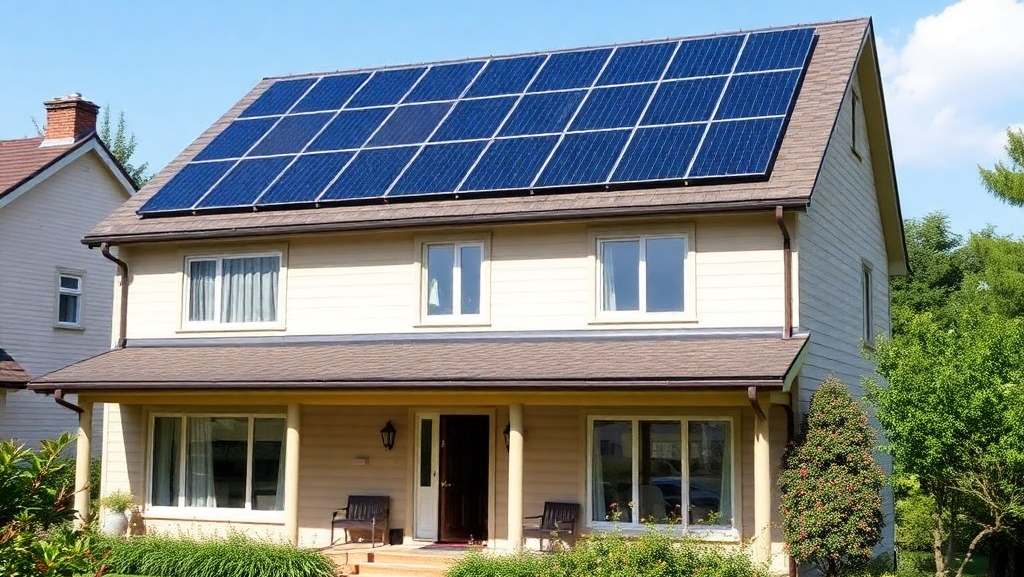When installing solar panels, the key points of electrical connection specifications are of vital importance, as they directly affect the safety, stability and efficiency of the system. The following are the key points of the specification for electrical connections when installing solar panels:
First, wire selection and connection
Wire selection:
Wires that comply with national and industry standards should be selected to ensure good electrical conductivity, insulation performance and weather resistance.
The specifications of the wires should be selected based on parameters such as the power, current and voltage of the solar panels to avoid overly thin wires that may cause excessive resistance and affect the system efficiency.
Wire color and marking:
Usually, the red wire is the positive pole and the black wire is the negative pole. When connecting, make sure the colors correspond correctly to avoid reversing the connection.
Both ends of the wires should be properly marked to facilitate subsequent maintenance and inspection.
Wire connection
The connection of wires should use professional terminal blocks or connectors to ensure a firm and reliable connection.
Insulation treatment should be done at the connection points to prevent short circuits and leakage.
Second, the use of junction boxes
Select the junction box:
Dc junction boxes that comply with national and industry standards should be selected. Their function is to direct the current from solar panels into battery packs or inverters.
The junction box should have functions such as waterproofing, dustproofing and sun protection to adapt to outdoor environments.
Junction box installation:
The junction box should be installed at an appropriate position on the back of the solar panel to avoid blocking sunlight.
The inlet and outlet ports of the junction box should be properly sealed to prevent water vapor and dust from entering.
Third, electrical connection specifications
Connection of positive and negative poles
When connecting solar panels, battery packs, inverters and other devices, it is necessary to ensure that the positive and negative poles are connected correctly.
When connected in series, the positive terminal (+) of one photovoltaic module should be connected to the negative terminal (-) of the other module to increase the voltage.
When connected in parallel, the positive poles (+) and negative poles (-) of multiple photovoltaic modules should be connected together to increase the current.
Connection sequence:
When connecting multiple solar panels, they should be connected in series first and then in parallel to ensure that the voltage and current of the system meet the design requirements.
During the connection process, the solar panels should be connected first, followed by the battery pack or inverter, and finally the power grid or load.
Grounding treatment:
The solar panel system should be properly grounded to prevent damage to the system caused by lightning strikes and static electricity.
The grounding resistance should comply with the requirements of national standards and industry standards, and is generally less than 10 ohms.
Fourth, safety measures
Use insulated tools:
When connecting wires and installing equipment, insulating tools such as insulating gloves and insulating pliers should be used to prevent electric shock accidents.
Avoid short circuits and leakage:
During the connection process, it is necessary to avoid exposed wires and contact with each other to prevent short circuits and leakage.
Insulation treatment should be done at the wiring points to ensure safety and reliability.
Regular inspection and maintenance:
After installation is completed, the electrical connection of the solar panel system should be inspected regularly to ensure that the connection is firm and reliable.
If loose or damaged connections are found, they should be repaired or replaced in a timely manner.
Fifth, compliance requirements
Comply with national standards:
The electrical connections of the solar panel system should comply with the requirements of national and industry standards to ensure the safety and stability of the system.
Obtain relevant certifications:
If conditions permit, solar panel systems should be certified by relevant certification bodies, such as CE certification and UL certification, to prove the compliance and reliability of the system.


